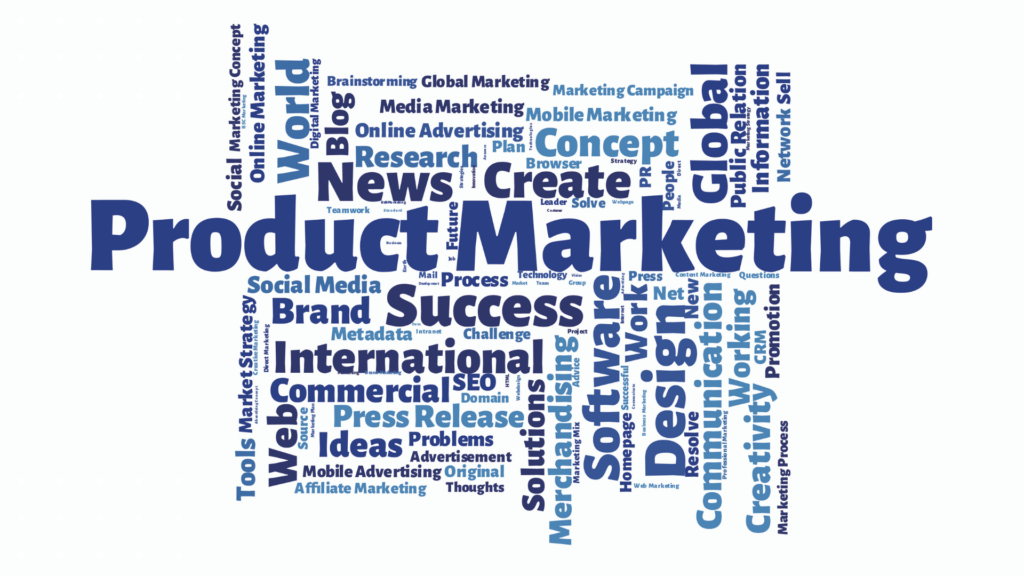
Appearance is everything when it comes to selling products. You can have two similar items side-by-side, and the packaging of one will sell it much faster than the other. Excellent packaging serves many different purposes for brands, including stackability, shipping ease, and communication.
Smithers reports that the global packaging industry will reach $1.05 trillion by 2024, increasing by 2.8% between now and then. One of the reasons for the growth in revenue is the major importance of packaging in how companies market products.
When given the choice between a professional presentation and something more amateurish, invest your efforts into packaging that drives sales. Here are some things to keep in mind about product packaging.
1. Show a Product Off
You spend a lot of time and money developing the perfect product for your customers. However, the packaging is what highlights the item inside. Whether you go with a box featuring an image of the thing, or you choose clear packaging, think about your target audience and whether they need to see what they’re buying up close or not.
Think about what makes your product enticing to buyers above similar products. Make sure your packaging highlights the unique benefits you offer.
2. Gain Their Confidence
If you sell something for human consumption, such as beauty products or food items, a tamper-proof package becomes a vital necessity. Take steps to ensure product safety, both to protect your brand from lawsuits and to ensure customers that you’re taking every step possible to keep them safe.
When packaged properly for shipping, you’ll also reduce the risk of damaged products. Orders make their way from your warehouse to the retailer without the danger of leaking or being dented. Not only is the vessel the product comes in important, but also the way you wrap the product and even the shipping container.
3. Create an Experience
Many small boutique stores create a fun experience while opening their packages. You’ll unwrap them like a gift or receive them in a cardboard “trunk” or a wooden crate. Think about some of the things you’ve purchased and felt excited to open.
Apple phones are a good example of packaging reflecting the item. Their phones are sleek and modern, and their rectangular packaging simply lifts up to reveal the phone. The personality of the outer shell reflects what is inside.
4. Use Color for Appeal
There is an entire psychology to color choices and how they impact consumers. The proper use of color to tap into human emotions increases brand recognition by 80% or more.
If you want to create a feeling of excitement, red is an excellent choice. Blue has a calming effect. There are even shades which men prefer more than women. Think about your audience demographic and which colors might speak best to them.
However, you also must weigh your color choices against similar items on the shelf. Will the consumer see your packaging from a distance? Does it stand out from similar products?
5. Explain Who You Are
If your brand is trustworthy, your marketing department wants to be able to assure leads of your authenticity. You can reflect this on your product packaging to help them with this aspect of selling you to consumers.
Add upfront details, such as if they’ll need to buy another item to use your product. Don’t try to hide what the product does with fancy descriptions or photos. Be honest to a fault, even with the wording on your packaging. Consumers appreciate brands that offer a reliable picture of themselves.
If you’ve ever bought the latest “As Seen on TV” gadget and been disappointed, then you understand how fancy words and claims only hurt your company in the long run. A disappointed customer will tell others and hurt your word-of-mouth marketing efforts.
6. Go Green
More and more people express concern about their impact on the environment. Investing in eco-friendly packaging allows your marketing crew to tap into the desire to reduce carbon and waste footprints.
In a Nielson survey, researchers found 73% of consumers would change their buying habits to help the environment. The desire to leave the earth clean for future generations is particularly strong in millennials. If your customer base is under 40, look into packaging options from recycled materials or using elements that decompose or recycle easily.
7. Indicate Product Quality
Your packaging can show your product is high-end or middle-range. For example, luxury items often feature glass containers and more elaborate packaging. The more something costs, the more interesting the packaging.
However, if you sell an inexpensive product, your packaging isn’t any less important in selling your item. You will simply spend a bit less on the packaging itself, going for options such as cardboard or plastic and sticking to one or two colors.
8. Push the Benefits
Ideally, your product’s outer shell shows how the product solves a pain point for the buyer. You must know who your typical customer is, and the problem driving them to seek your type of product.
Use beautiful typography to highlight how you make life easier. Think about some of the products you already use, such as bathroom cleaning. The bottle might say something like, “Less scrubbing.” For the person who is tired of scrubbing to get their bathtub clean, this solves a problem.
An Opportunity for Brand Messaging
Once you understand what your brand provides your customer base, it’s much easier to create packaging that reflects your company’s message. If you offer more than one product, each should have a similar tone. Look for ways to develop loyalty for your business so consumers turn to you for all their needs.
Author
Lexie is a digital nomad and graphic designer. She enjoys hiking with her goldendoodle and trying new food recipes. Check out her design blog, Design Roast, and connect with her on Twitter @lexieludesigner.
Follow Us